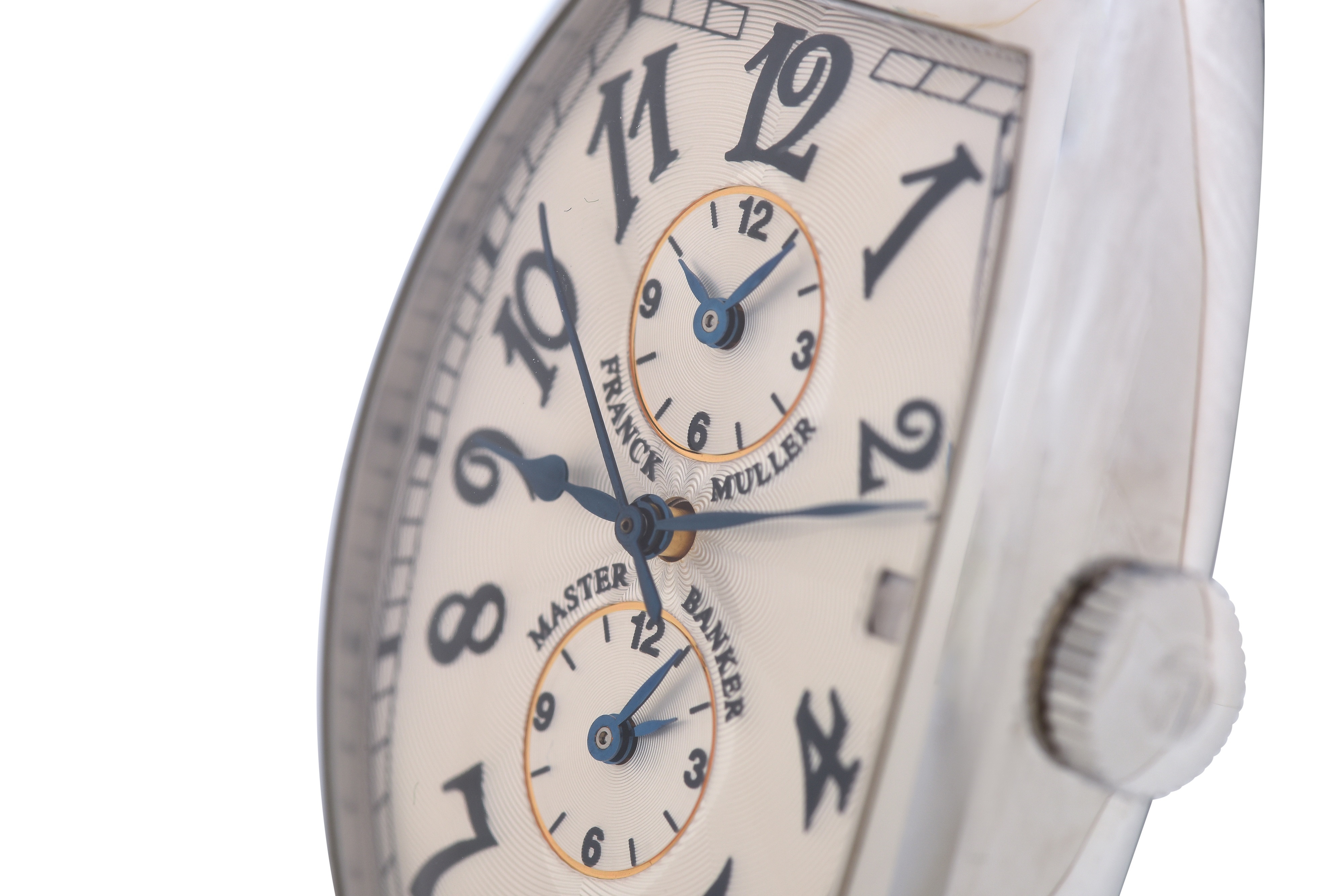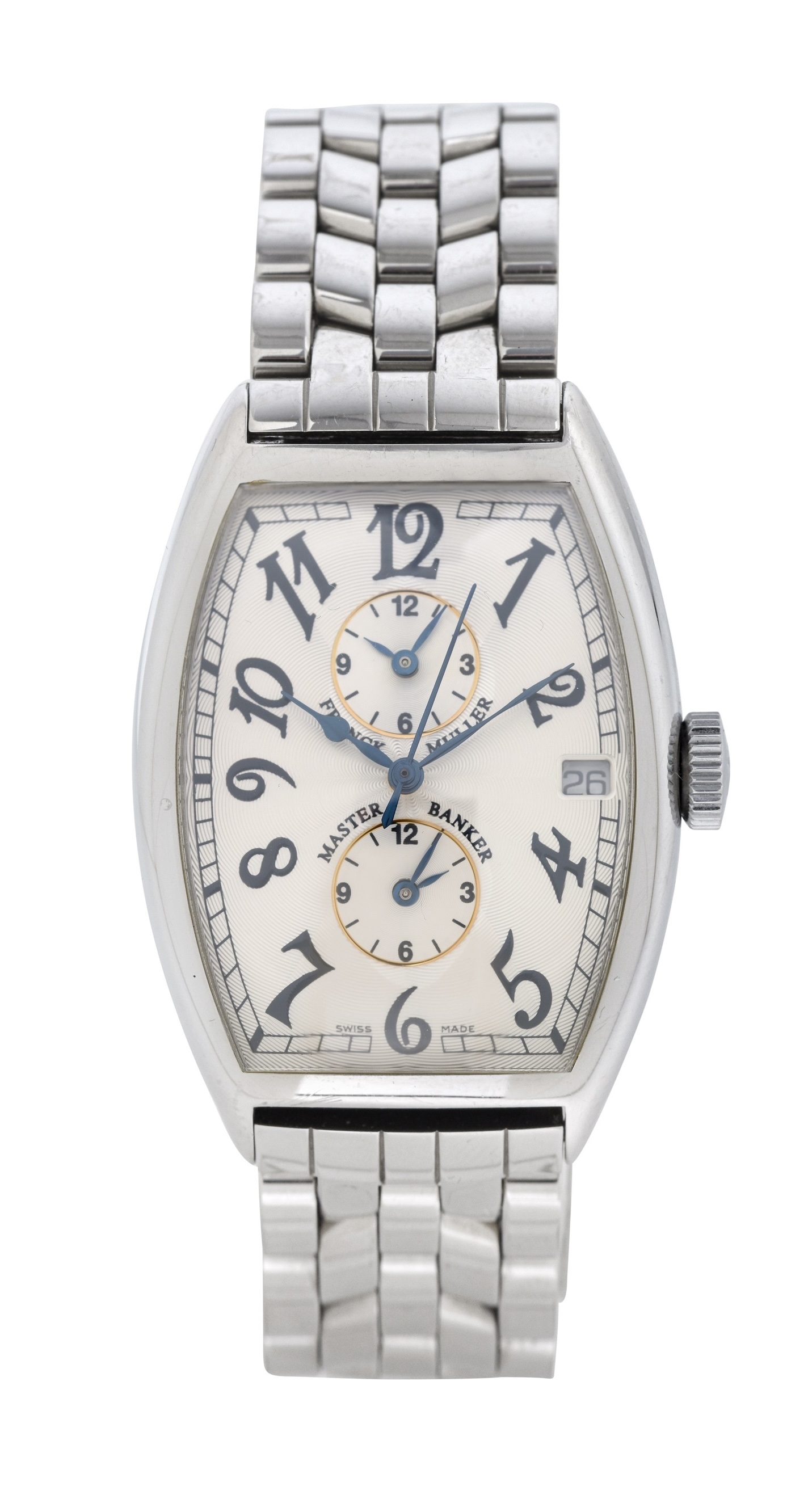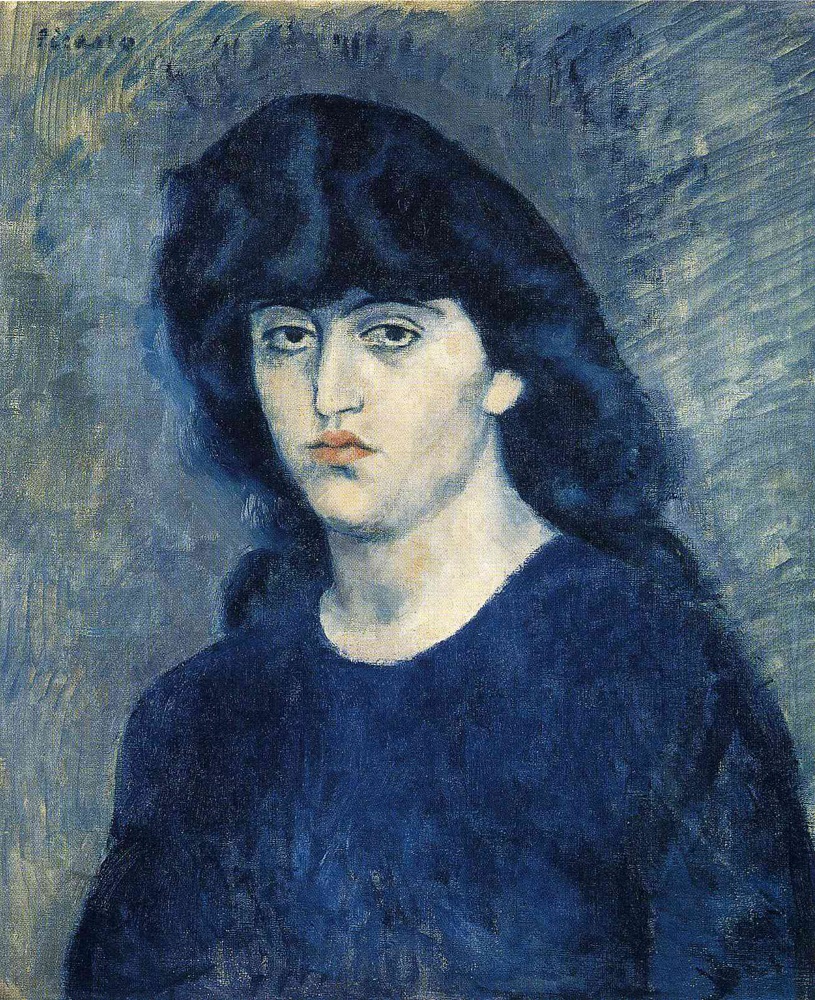

13/02/2025 General News, Latest News
The global auction market provides a powerful reflection of current economic conditions, shifting collectors’ preferences, and evolving investment trends. Through the sale of fine art, luxury watches, rare jewellery, and collectible assets, auctions do more than preserve history—they reveal the changing dynamics of wealth, taste, and financial stakes among collectors. In 2024, the industry has undergone significant transformations, driven by technological advancements; the entrance of new generations into collecting; a growing interest in alternative assets; and the fact that auction houses are embracing AI-driven analytics while expanding their private sales divisions.
While the jewellery and classic car categories have remained resilient, the NFT market, once seen as the future of digital collecting, has dramatically collapsed, marking one of the most striking reversals in auction history. In addition, new European Union import regulations on cultural goods and new tariffs imposed by the United States under the new Presidency of Donald Trump are set to reshape global trade dynamics, potentially shifting the auction market from the West to the East.
In the Luxury segment, timepieces have long been a pillar of the auction world, with Patek Philippe, Rolex, and Audemars Piguet leading the sector. Over the past five years, a surge in speculative interest—particularly in steel sports models—drove prices of certain references to unsustainable highs. For example, the values of models such as the Rolex Submariner, GMT-Master II, and even the Patek Philippe Nautilus, rose dramatically between 2021 and 2022, fuelled by speculative buying rather than intrinsic rarity. In 2024, higher interest rates; a cooling of hype-driven purchases; and the exit from the market of flippers and short-term investors, who once treated high-end watches as quick-turn investments, lead to a sustainable price stabilisation for non-limited models.
A Men's Rolex Stainless Steel GMT Automatic Bracelet Watch. Lot 3 sold for £11,070 in Azca’s November 2024 Watches and Jewellery sale.
So 2024 was marked by a notable correction in the watches segment, with more common models experiencing price declines while rare, vintage, and historically significant pieces kept on attracting strong bidding. The appeal of independent watchmakers such as F.P. Journe, De Bethune, and Philippe Dufour remains robust, as discerning collectors shift their focus toward craftsmanship, exclusivity, and true scarcity. Serious collectors are now prioritising substance over hype: true investment-grade watches with a compelling historical narrative or technical innovation will always attract demand, even at uncertain times.


A Men's Franck Muller Stainless Steel Automatic Double Gmt Function Bracelet Watch. Lot 17 sold for £1968 in Azca’s November 2024 Watches and Jewellery sale
Jewellery auctions have maintained their solid performance in 2024. Demand for rare coloured diamonds, Art Deco creations, and vintage high jewellery remains strong, with collectors seeking investment-worthy pieces distinguished by craftsmanship and documented provenance. A diamond necklace potentially linked to Marie Antoinette recently sold for $4.8 million at Sotheby’s in Geneva, more than twice its estimated value, demonstrating the lasting appeal of historically significant jewellery.

A Pagani Zonda R barchetta displayed at the Horacio Pagani Museo, Modena
Classic car auctions continue to thrive, with rare models achieving record-breaking prices. In one of the most notable sales of the year, an ultra-rare Pagani Zonda 760 LM Roadster—one of only a handful ever produced—was auctioned for £8.67 million at Sotheby’s, underscoring the strong demand for unique, high-performance automobiles. Classic Ferraris, Aston Martins, and Porsches also remain sought-after, particularly models with racing history or limited production numbers.
Another market on the rise is the non-European World Arts segment, particularly dominated in London and Paris by Islamic and Indian art as well as Far Eastern and East Asian art. Collectors from the Middle East, South Asia, China and beyond are showing heightened interest in rare and historically significant works, which are part of their cultural heritage. Several auction houses, regardless of their size and headcount, are increasingly dedicating specialised sales to these categories, showcasing exceptional pieces from the Mughal, Safavid, Ottoman and Qing periods, as well as contemporary Middle Eastern, South Asian and East Asian artists.
“This is a sector that has been quietly growing for years but is now reaching new heights, particularly Islamic art seems to be in great demand among institutional buyers and private collectors in the Gulf region.” Tomas Aznar, Head of Watches and Jewellery
A Large Polychrome-Painted Moulded Qajar Pottery Tile With A Courtly Banquet Scene, Qajar Iran, 19th century. Lot 206 sold for £6,150 in Azca’s June 2024 sale ‘Arts of India and the Islamic Lands’
The rise of Saudi Arabia as an art hub, particularly under Vision 2030, has played a significant role in driving interest in Islamic masterpieces and historical artefacts. Additionally, major museums in Doha, Abu Dhabi, and Riyadh are investing heavily in acquisitions, which in turn influences private collectors to expand their portfolios.
“The Islamic and Indian art market is benefiting from an ecosystem of strong institutional support, cultural revitalisation, and a maturing collector base,” explains Beatrice Campi, Head of Islamic and Indian Art.
“It’s not just about nostalgia or heritage—it’s about reclaiming and celebrating artistic excellence that was historically underrepresented in global markets.”
A Set Of Polychrome-Painted And Lacquered Ninety-Six Mughal Ganjifa Playing Cards, Central - Western India, 19th century. Lot 68 sold for £3198 in Azca’s October sale ‘Arts of India and the Islamic Lands’.
Modern and contemporary art remains a cornerstone of the global auction market, with strong sales at Sotheby’s, Christie’s, and Phillips reflecting continued collector confidence. Established names such as Picasso, Warhol, and Basquiat continue to dominate, while emerging artists from Africa, Asia, and Latin America are attracting increasing attention. Institutional acquisitions and curatorial influence have played a key role in shaping demand, reinforcing the importance of historically and culturally significant pieces.

Pablo Picasso (1881-1973) Portrait of Suzanne Bloch,1904 (São Paulo Museum of Art), a blue period work similar to the one sold at Sotheby’s in March 2024 of Luis Vilaro, which realised $196,000.
Overall, most traditional auction categories have remained stable or experienced growth. Only one sector suffered from a near-total collapse: NFTs (Non-Fungible Tokens). Although 2021–2022 saw digital artworks selling for tens of millions, the market has largely evaporated, with reports indicating that 96% of NFT collections are now considered ‘dead,’ with little to no trading activity. The rapid rise and fall of NFTs offer a cautionary lesson in auction market speculation. Unlike fine art, watches, or classic cars—categories that have historical precedent, materiality, and intrinsic collector value—many NFTs were built on a whim rather than long-term desirability. The speculative nature of the market, combined with over-saturation and a lack of institutional interest, led to its implosion.

Pixel characters created by generative AI art, similar to many digital NFT designs
As we look ahead to 2025, regulatory changes within the European Union (EU) and new tariffs imposed by the United States are poised to introduce unprecedented challenges, potentially shifting the art market’s center of gravity from West to East.
The EU’s new import regulations on cultural goods, set to take effect on June 28, 2025, will impose stricter provenance and licensing requirements for the entry of archaeological objects, artworks over 200 years old, and cultural artefacts from non-EU countries. Meanwhile, the U.S. has introduced new tariffs under President Donald Trump, which include a 25% additional tariff on imports from Canada and Mexico and a 10% tariff on Chinese goods, including art and collectibles. These regulatory changes could discourage Western collectors from engaging in cross-border transactions, increasing costs and administrative hurdles.
A Famille Rose Trefoil 'Butterflies' Stem Bowl, China, six-character Daoguang period (1821 — 1850). Lot 1 sold for £2091 in Azca’s November sale ‘Embracing Shadows: Arts of Asia’.
In response, the art market may shift towards emerging hubs in the East. Cities such as Dubai, Jeddah, Manila, Hong Kong, and Singapore, which already have favourable tax regimes and growing collector bases, may become more dominant auction centres as Western restrictions drive collectors and dealers to seek alternative markets. Saudi Arabia, bolstered by Vision 2030, is positioning itself as a major cultural and financial hub, which could accelerate this shift.
The auction market is undergoing a period of profound transformation, shaped by technological advancements, evolving collector demographics, and macroeconomic trends. While traditional sectors such as fine art, watches, jewellery, and classic cars remain strong, the collapse of NFTs, the tightening of European regulations, and the introduction of new U.S. tariffs are creating a dynamic and unpredictable landscape.
An Illuminated Dala'il Al-Khayrat By Muhammad Bin Sulayman Al-Jazuli (D. 1465), Western Ottoman Provinces, 1796 AD, signed by Muhammad Bin Hassan. Lot 196 sold for £1845 in Azca’s October sale ‘Arts of India and the Islamic Lands’
For collectors, staying informed about market trends is critical to ensure strategic purchasing decisions. For auction houses, adapting to digitalisation, regulatory changes, and shifting buyer behaviours will be essential to maintaining competitiveness. Looking ahead to 2025, the future of auctions will be increasingly global, tech-driven, and diversified, offering new opportunities for those who can navigate the rapidly evolving market landscape.
If you would like to get in touch with Tomas Aznar, Head of Watches and Jewellery, or Beatrice Campi, Head of Islamic and Indian Art, regarding consignment or with other enquiries, reach out via email at tomas@azcaauctions.com or beatrice@azcaauctions.com
Check out our Upcoming Sales:
External images via Wikipedia